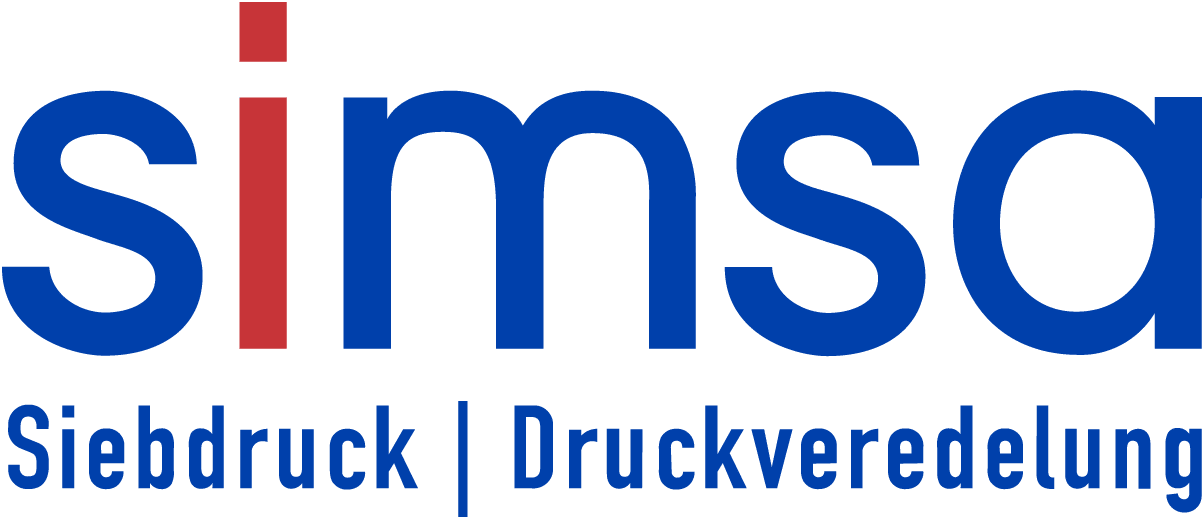3D embossing
3D embossing is the three-dimensional forming of paper or cardboard. For this purpose, the flat material is pressed between 2 tools, namely the embossing die and the counter die, and thus deformed. The embossing is then visible on both sides of the paper.
Types of 3D embossing
The nature of the tools determines the result:
- If the image is raised, it is called embossing
- If the image is recessed, it is called debossing
- A single-level embossing has one raised or recessed plane.
- A multi-level embossing has two or more levels parallel to the paper surface.
- Sculptured 3D relief embossing, on the other hand, features three-dimensional gradients and body shapes, such as a face or statue.
A more historical term for 3D embossing is “blind embossing.” The name suggests positioning in an unprinted area of the paper. However, the term lacks a more precise definition, such as whether raised or recessed is desired.
Optical enhancement of 3D embossing
Additional light reflection greatly enhances the optical effect of an embossing. There are two possibilities for this:
- Metallization of the embossing image with an extremely thin layer of reflective metal, a so-called foil relief embossing.
- High-gloss UV varnishing of the embossing image, a so-called varnish embossing or varnish debossing.
Sizes and thicknesses for 3D embossing
We can emboss business card size up to a sheet size of 720×1,020mm.
Paper and carton can be embossed well up to around 450g/m². With thick grey cardboard and chipboard, the material is often too thick for deformation. Here, however, it is usually possible to press in a well palpable indentation.
Thin papers, on the other hand, often have too little body for an effective result. Here, it is better to work with thick-layer relief varnish instead of embossing.
Tricks and tips for 3D embossing
Although embossing sounds very simple at first glance, there are a few points that are crucial to success as early as the conception phase. You will find important tips on this page from us: 3D embossing
